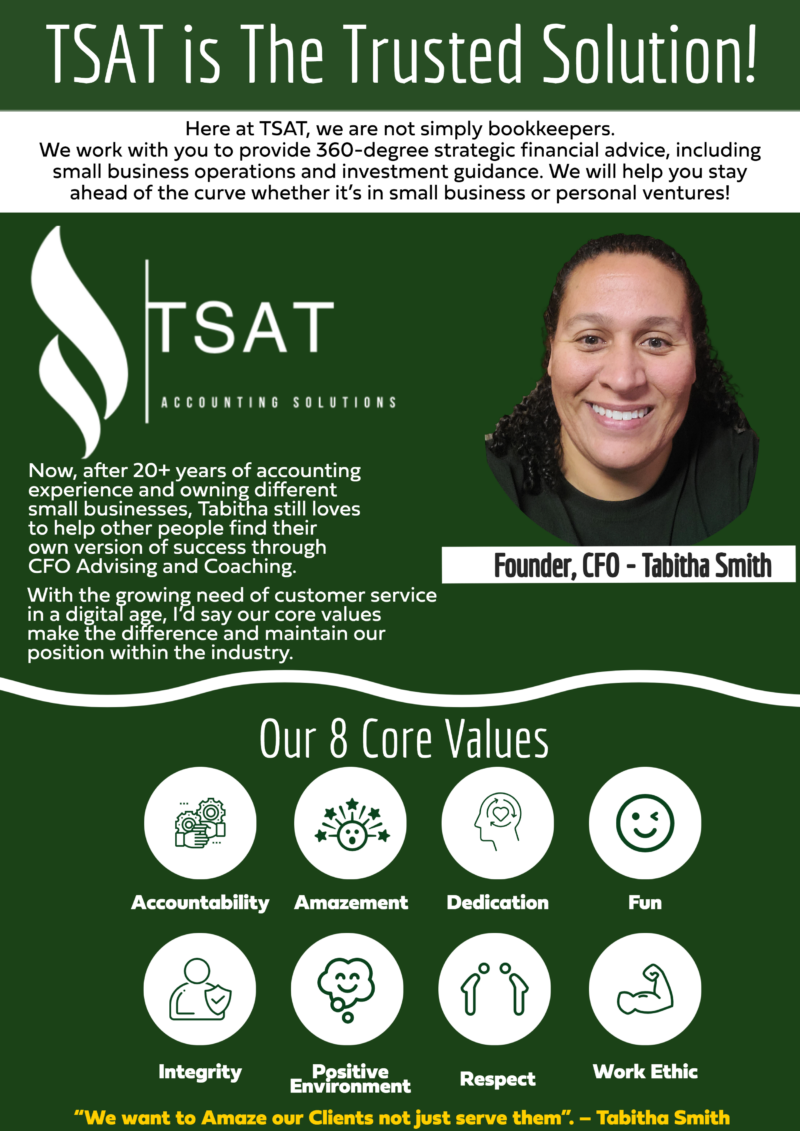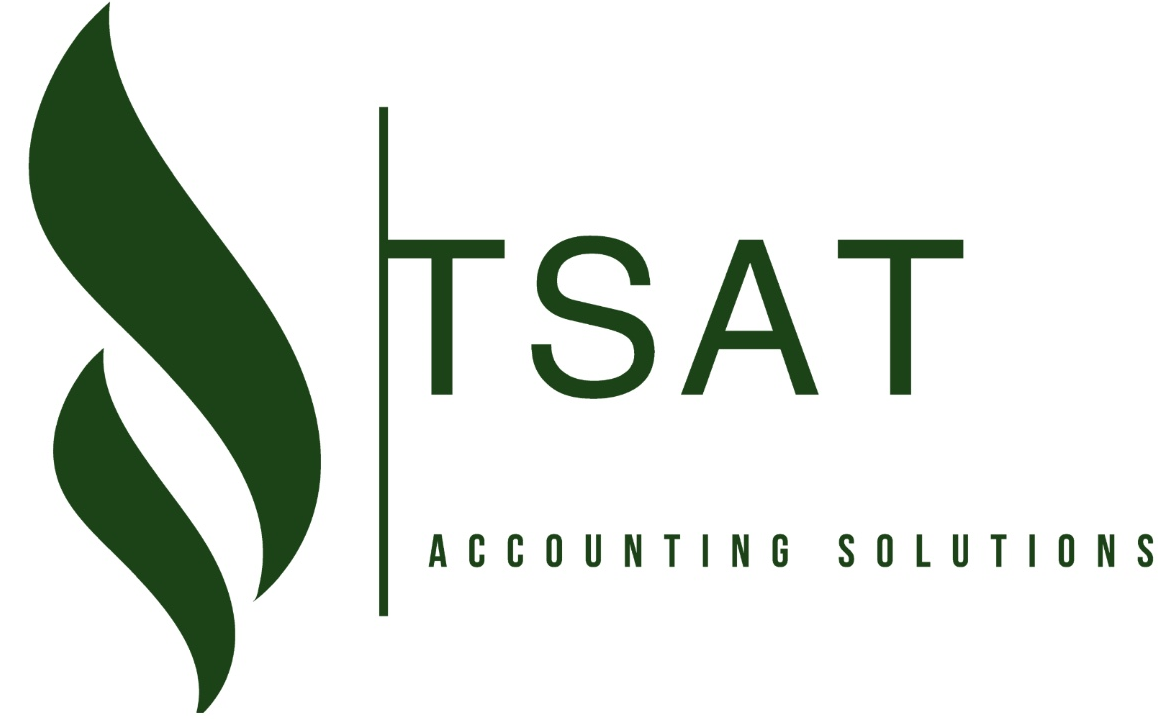
Measure what you treasure!
1. Key Financial KPIs for Small Businesses
Running a small business is no easy feat! As an entrepreneur, you have to wear many hats and pay close attention to the numbers to stay profitable and grow.
But we know diving into the world of small business finances can be intimidating if you don’t have an accounting background. All those financial metrics and ratios can seem complicated and confusing!
Not to worry. In this 8-part blog, we want to help demystify small business financial KPIs for non-accountants like you. We’ll explore the most critical metrics in simple, straightforward language so tracking your finances doesn’t have to be scary or confusing.
Whether you’re just starting out or have been in business for a while, monitoring key performance indicators (KPIs) provides invaluable insights into the financial health and growth potential of your business.
Think of this blog as your guidebook to small business finances for complete beginners! We’ll walk through what financial ratios to pay attention to, how to calculate them, and most importantly, how to interpret them to make smarter management decisions and unlock growth for your business.
Some examples of common financial KPIs are:
– Profit margins – to assess overall profitability
– Revenue growth – to measure sales/income growth
– Cash flow – to evaluate liquidity
– Debt ratios – to monitor loans and liabilities
– Return on assets/equity – to gauge capital investment efficiency
Regularly measuring such ratios and comparing them to your own historical performance, forecasts, or industry benchmarks can help identify strengths, weaknesses, and opportunities in your business.
Let’s dive in and start uncovering easy ways to master the numbers game together!
2. Tracking Profitability – Profit Margin and Gross Profit KPIs
Two key indicators of a business’s profitability are profit margin and gross profit.
Profit margin is a ratio that reflects net income divided by total revenue. It shows what percentage of revenue is actual profit after accounting for all expenses. An increasing profit margin over time generally indicates improving profitability. A profit margin of 10-15% or higher is ideal for small businesses.
Gross profit is total revenue minus cost of goods sold. Monitoring the gross profit margin ratio (gross profit/total revenue) helps gauge profitability of sales before operating expenses. Gross profit margin ratios vary by industry but 50-60% is a reasonable goal for small businesses.
We can calculate these ratios for a sample business:
Revenue = $250,000
COGS = $100,000
Operating Expenses = $50,000
Net Income = $100,000
Profit Margin = Net Income/Revenue
= $100,000/$250,000 = 40%
Gross Profit = Revenue – COGS
= $250,000 – $100,000 = $150,000
Gross Profit Margin = Gross Profit/Revenue
= $150,000/$250,000 = 60%
Comparing your profitability KPIs over time and to your projections can help identify positive or negative trends and opportunities to improve your bottom line.
3. Measuring Revenue Growth
Tracking revenue growth metrics is critical for monitoring the overall trajectory of your small business. Useful indicators include:
– Year-over-Year (YoY) Growth – compares monthly/quarterly revenue to the same period last year
– Quarter-over-Quarter (QoQ) Growth – compares current quarter revenue to previous quarter
– Customer Acquisition Cost – marketing expenses divided by new customers
– Customer Lifetime Value – average revenue per customer over lifetime
For example, if a business had $400K revenue in Q1 2022 and $550K in Q1 2023, their YoY growth is:
YoY Growth % = (Current Period Revenue – Previous Period Revenue) / Previous Period Revenue
YoY Growth % = ($550K – $400K) / $400K = 37.5%
Aim for realistic yet ambitious YoY and QoQ growth goals annually. Monitoring customer acquisition costs and lifetime value also provides insight into growth efficiency.
4. Managing Liquidity – Cash Flow KPIs
Cash flow is the lifeblood of any small business. Monitoring cash flow ensures you have sufficient funds to cover expenses, reinvest, and grow. Key metrics include:
– Operating Cash Flow Ratio – operating cash flow/current liabilities
– Cash Flow Margin – operating cash flow/operating revenue
– Cash Flow From Operations – cash generated from core business
A higher operating cash flow ratio indicates a business can more easily meet its obligations. Compare your cash flow KPIs to benchmarks to identify potential issues with liquidity or cash management. Taking steps to optimize cash flow is vital for small business success.
 Learn more about TSAT’s Trusted Advising!
Learn more about TSAT’s Trusted Advising!
5. Monitoring Efficiency – Expense and Turnover KPIs
In addition to profitability, assessing how efficiently your small business operates can help identity areas for improvement. Useful efficiency KPIs:
– Operating Expense Ratio – operating expenses/total revenue
– Payables Turnover Ratio – net credit purchases/average accounts payable
– Asset Turnover Ratio – total revenue/average total assets
An operating expense ratio of 30-40% of total revenue is generally recommended. The payables and asset turnover ratios track how many times accounts payable and assets convert to revenue in a period. Compare to historical trends or industry benchmarks to gauge efficiency.
6. Keeping Tabs on Debt – Debt Ratios and Coverage KPIs
For small businesses using debt financing, monitoring key debt metrics is prudent to ensure loans remain at manageable levels:
– Debt-to-Equity Ratio – total liabilities/total shareholder equity
– Debt Service Coverage Ratio – operating cash flow/debt payments
A debt-to-equity ratio below 1, and debt service coverage above 1 are recommended. These help determine if the business has a healthy capital structure and can service its debts.
7. Assessing Financial Health – Return on Assets and Equity
Two important indicators of the financial health and growth potential of a small business are return on assets (ROA) and return on equity (ROE) ratios.
ROA measures net income generated per dollar of assets. ROE shows net income generated per dollar of equity capital invested.
Return on Assets = Net Income/Average Total Assets
Return on Equity = Net Income/Average Shareholder Equity
ROA of 10-15% and ROE 15-20% are favorable benchmarks for small businesses. These ratios assess how well your business employs its available resources to generate profits.
8. Bringing It All Together
There you have it! While accounting ratios may initially seem complex and perplexing, I hope this series helped simplify some of the most useful financial KPIs for your small business.
The important thing is to start somewhere – pick 2-3 key metrics that make the most sense for your business and begin tracking those consistently. Over time you can incorporate more to get a complete picture of your finances from different angles.
Don’t forget, financial metrics act as gauges and guideposts, not absolute rules. Use them to inform strategic decisions rather than making knee-jerk reactions. The numbers don’t tell the whole story.
Most importantly, don’t go it alone. Lean on your TRUSTED ADVISOR to help interpret trends and numbers in context of your business. And ask questions – the more you understand these financial concepts, the easier monitoring KPIs will become.
Here’s to more confident financial management and data-driven, strategic decision making. Wishing you much success on your business journey ahead!
💰 Running a business without tracking financial KPIs is like driving blindfolded – terrifying and destined to crash! 😱 Get keen financial vision with our 8-part blog demystifying must-know money metrics for entrepreneurs! 👓📈 Contact us today to start sleuthing those small biz numbers like a boss! 🕵️♀️

Your Trusted Advisor… At TSAT, we understand that exceptional small businesses must maintain high standards in service, accuracy, reliability, and efficiency. To achieve these goals, it is essential to establish a thorough set of accounting and finance policies and procedures and consistently train all personnel involved. By letting TSAT focus on you accounting, quality assurance, finances, and provide you with a small business accounting department, you can expand your core competency operations and enhance your profit margins. Ensuring every aspect of small business accounting operates at peak performance requires some effort, and we are here to assist you on this journey!
Here at TSAT, we are not simply bookkeepers. We work with you to provide a 360-degree strategic financial advice, including small business operations and investment guidance. We will help you stay ahead of the curve when it small business or personal investments!
If you are a gig worker or small business owner looking to grow your business, TSAT’s AMAZING Trusted team considers much more than just your taxes!
TSAT’s is your Trusted Advisor and will let you focus on your business’s core competencies! Whether you have a small business or you need help personally, TSAT can give you HOPE! Call us today!
Phone: (417) 208-2858
- Website: TSAT Accounting Solutions
- Facebook: TSAT Facebook
- Calendly : Quickly schedule a 15 minute call!
- Alignable: Connect with Us on Alignable!
- Fill out the Qualification Questionnaire for a full 1 hour CFO Consult!
[/fusion_text][/fusion_builder_column][/fusion_builder_row][/fusion_builder_container]
